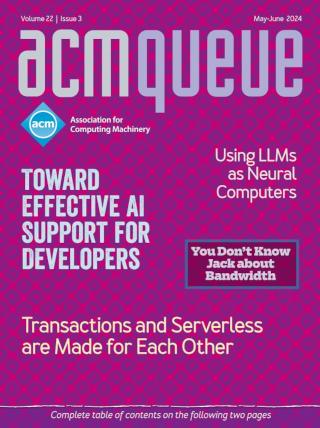
The Essence of Software Engineering: The SEMAT Kernel:
A thinking framework in the form of an actionable kernel
Everyone who develops software knows that it is a complex and risky business, and its participants are always on the lookout for new ideas that will lead to better software. Fortunately, software engineering is still a young and growing profession that sees innovations and improvements in best practices every year. Just look, for example, at the improvements and benefits that lean and agile thinking have brought to software-development teams.
Anatomy of a Solid-state Drive:
While the ubiquitous SSD shares many features with the hard-disk drive, under the surface they are completely different.
Over the past several years, a new type of storage device has entered laptops and data centers, fundamentally changing expectations regarding the power, size, and performance dynamics of storage. The SSD (solid-state drive) is a technology that has been around for more than 30 years but remained too expensive for broad adoption.
Sender-side Buffers and the Case for Multimedia Adaptation:
A proposal to improve the performance and availability of streaming video and other time-sensitive media
The Internet/Web architecture has developed to the point where it is common for the most popular sites to operate at a virtually unlimited scale, and many sites now cater to hundreds of millions of unique users. Performance and availability are generally essential to attract and sustain such user bases. As such, the network and server infrastructure plays a critical role in the fierce competition for users. Web pages should load in tens to a few hundred milliseconds at most. Similarly, sites strive to maintain *multiple nines* availability targets--for example, a site should be available to users 99.999 percent of the time over a one-year period.





